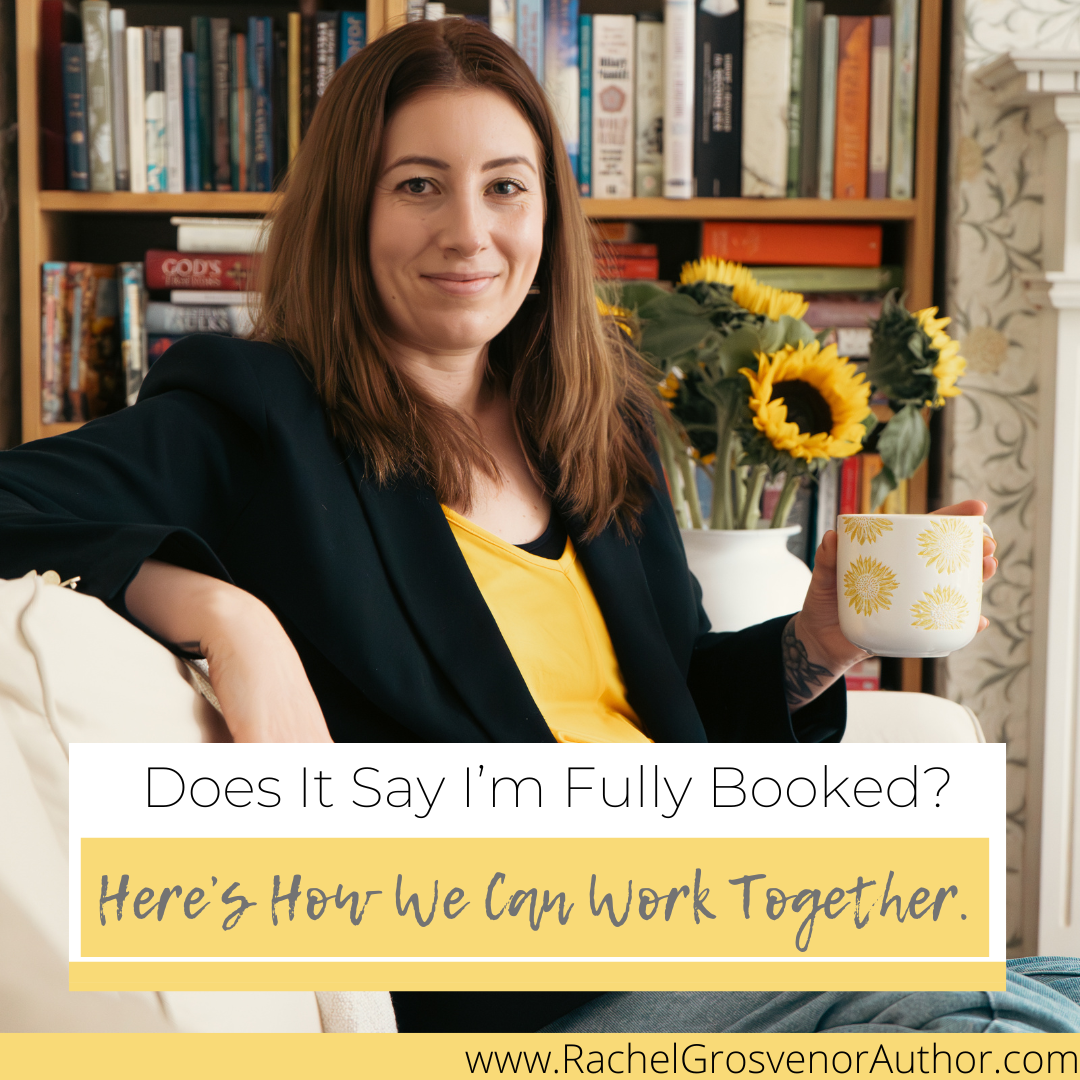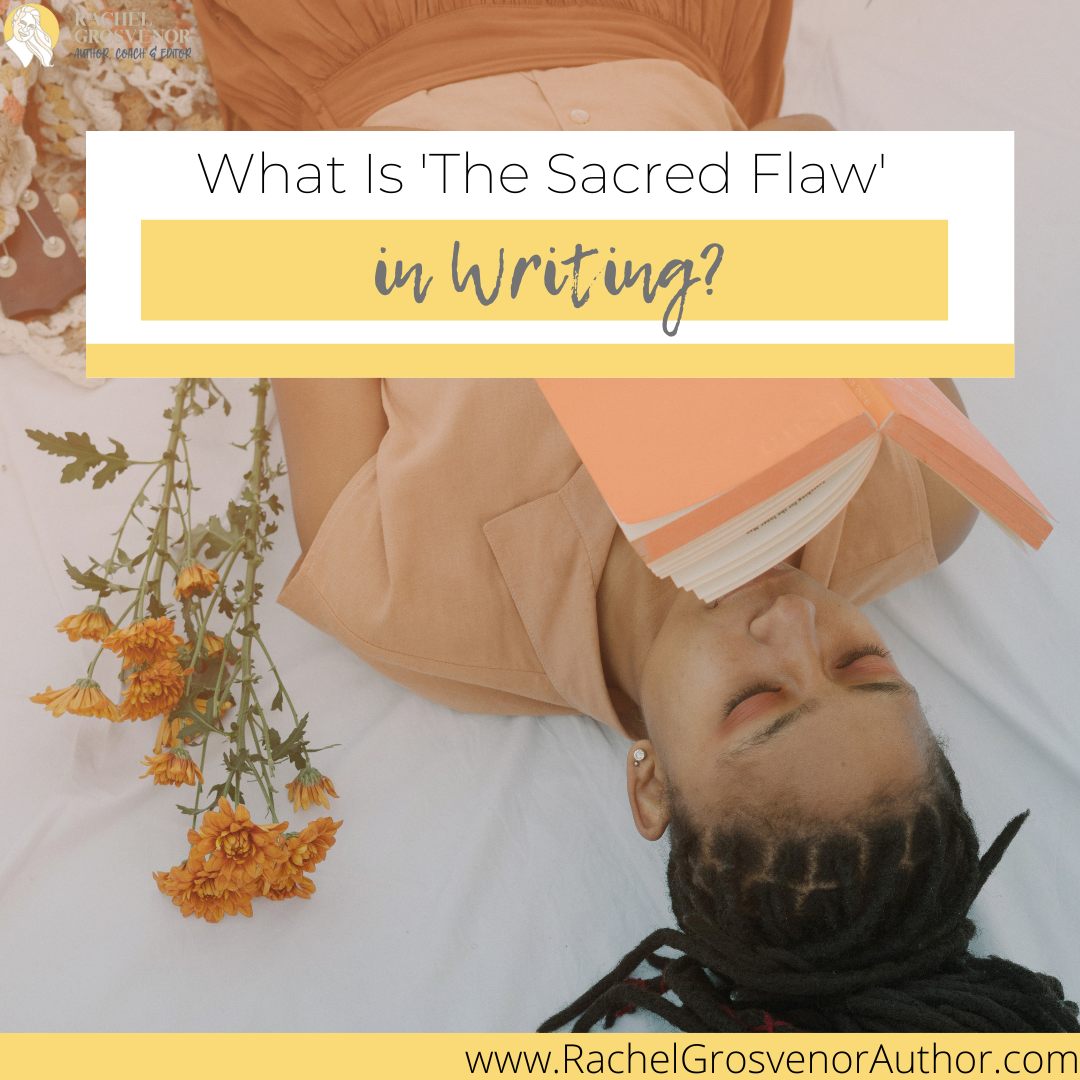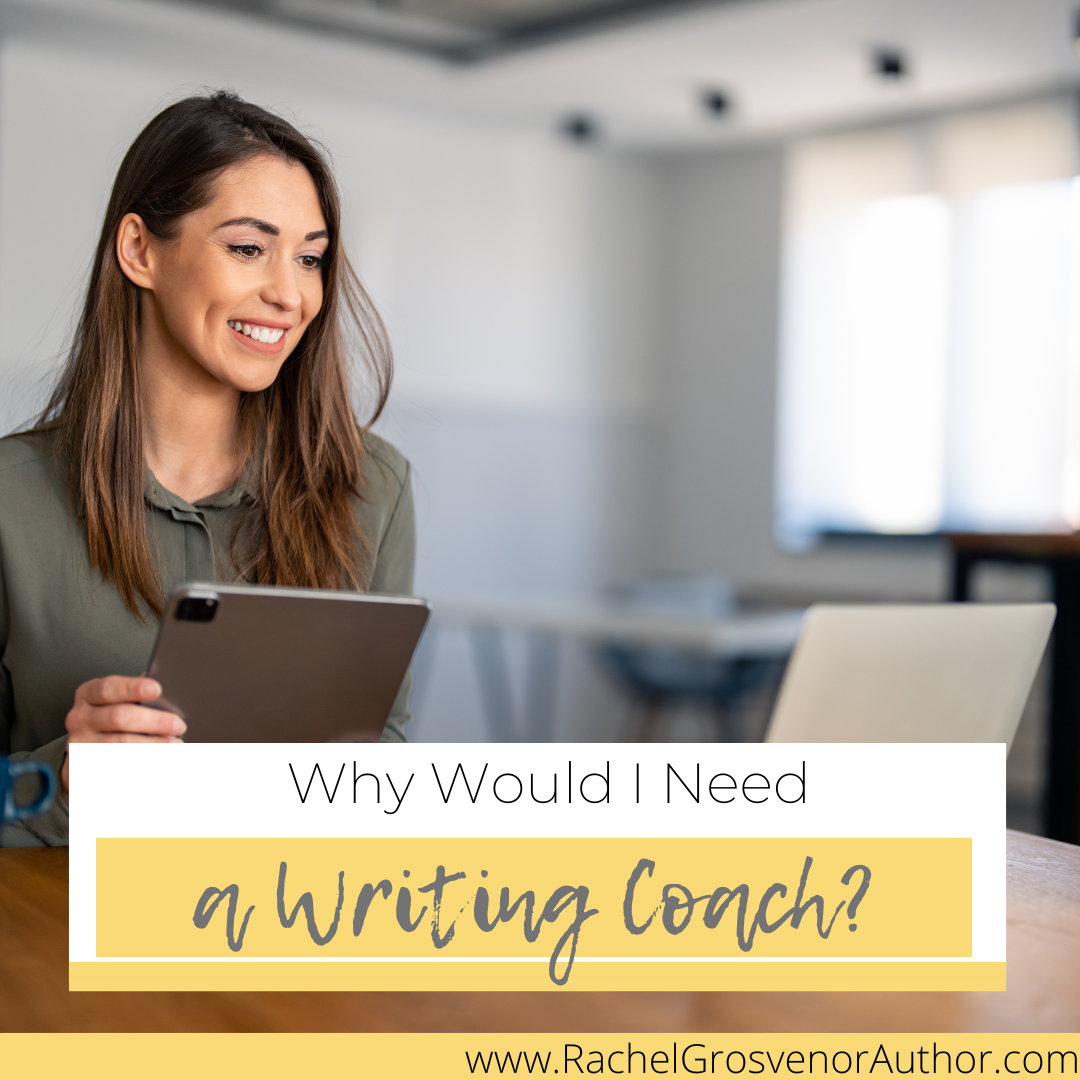Editing is an essential part of the creative writing process. It involves revising, proofreading, and fine-tuning your writing to improve clarity, flow, and effectiveness. Unsure what to look out for when editing? Let’s take a look together!
- Repetition: read through your work and identify any repeated words, phrases, or ideas. Replace them with synonyms or rephrase the sentences.
- Strengthen verbs: look for weak or generic verbs in your writing and replace them with stronger, more specific verbs.
- Remove unnecessary adjectives and adverbs: check your writing for excessive use of adjectives and adverbs. Consider whether each one is essential and contributes to the overall meaning. Remove any that are redundant.
- Sentence structure: varied sentence structure can keep a reader as engaged as content can. Mix shorter, punchy sentences with longer, more descriptive ones to add rhythm and keep your reader reading!
- Consistency in point of view: check that you maintain a consistent point of view throughout your piece. Avoid head hopping unless this is an active narrative choice.
- Dialogue: review your dialogue and remove unnecessary tags. Make sure each line of dialogue serves a purpose, either revealing something about the characters, or advancing the plot.
- Show, don’t tell: identify passages where you tell the reader something dramatic instead of showing it through action, dialogue, or sensory details. Remember – there is a place for telling in your story. Click here to find out how to differentiate between show and tell, and when to do either.
- Proofreading for grammar and punctuation: finally, proofread your piece for grammar, punctuation, and spelling errors.
Remember, great writing is often created in the editing process, so don’t be afraid to revise your work multiple times. Each round of editing will help you refine your writing.
Want to read something similar?
5 Things to Consider When Hiring an Editor
How to Edit Creative Writing for Clarity, Style and Substance
How to Find and Fix Plot Holes
If you have any questions about editing, feel free to get in touch and ask me. To learn more about the editing packages I offer, click on the editing page on my website! As a writer with a PhD, MA and BA in Creative Writing and a previous CW lecturer, I’ve done my fair share of high-level fiction editing, and have very happy testimonials. Get in touch today for dates, questions, and information. I’m always happy to chat!











